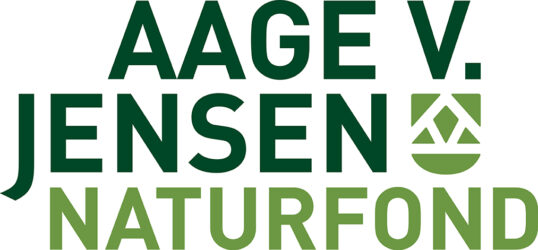ABN Amro ser klare tegn på, at den økonomiske genopretning i USA mister tempo. En række indikatorer for maj er skuffende. Det gælder i detailhandelen og industrien, ligesom der kun var en forholdsvis beskeden fremgang i beskæftigelsen i april. Trods dette ventes den økonomiske vækst i andet kvartal at blive lidt over trenden fra før pandemien – med en vækst på 4,2 pct. på årsbasis.
US recovery has downshifted
US Macro: Growth momentum is probably peaking –
A slew of US macro indicators have disappointed consensus expectations of late – recently, we saw downside surprises in April retail sales and industrial production, and this followed a weak payrolls print earlier in the month.
Last week, housing data for April also disappointed to the downside, with anecdotal reports that despite strong demand for housing, the construction sector is struggling to keep pace with that demand due to skills shortages.
High frequency indicators also suggest the recovery is now entering a slower phase – restaurant dining continues to rise modestly, up around 3pp since the beginning of May, but this pace of recovery is a far cry from the double digit growth we saw in the months prior. A similar picture is apparent in air passenger numbers – while the recovery has resumed following a stalling in April, the pace of recovery is much slower than it was earlier in the year.
Most macro indicators are therefore pointing to a recovery that has noticeably downshifted.
Hospitality recovery has lost momentum, while retail sales are likely due a correction
Source: Datastream, ABN AMRO Group Economics
Growth will cool in H2, but remain well above trend –
We continue to see significant room for a further recovery in consumption, despite most pandemic-related restrictions on activity having now been eased.
Aside from the obvious sectors such as hospitality and travel, we identified some surprisingly large sources of potential recovery in the services sector in our April Global Monthly, such as in healthcare (where there remains a significant backlog in elective procedures due to the pandemic).
With that said, we also find that a significant amount of goods consumption has likely been pulled forward from the future, encouraged by successive direct stimulus payments to households over the past year. We saw the first signs of a stalling in goods consumption in the April retail sales numbers – which were flat after an exceptionally strong March print – and we see room for payback over the coming months in certain key categories, such as auto sales (which make up 20% of retail sales).
This would be an inevitable and healthy correction, in our view, particularly in light of the demand-led inflationary pressure that became evident in last week’s CPI print – used cars contributed 1/3 to the dramatic 0.9% m/m jump in April.
At the same time, we do not think payback in goods consumption will be enough to fully offset the recovery in services, and as such, while we expect a cooling in growth momentum in the second half of 2021, we still expect growth to be well above trend (we forecast growth to average 4.2% annualised in H2, down from a projected 7.1% in H1).














